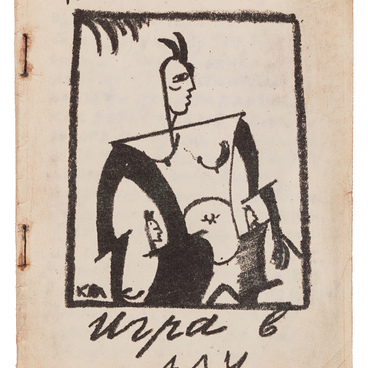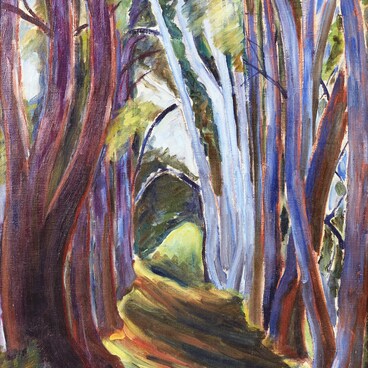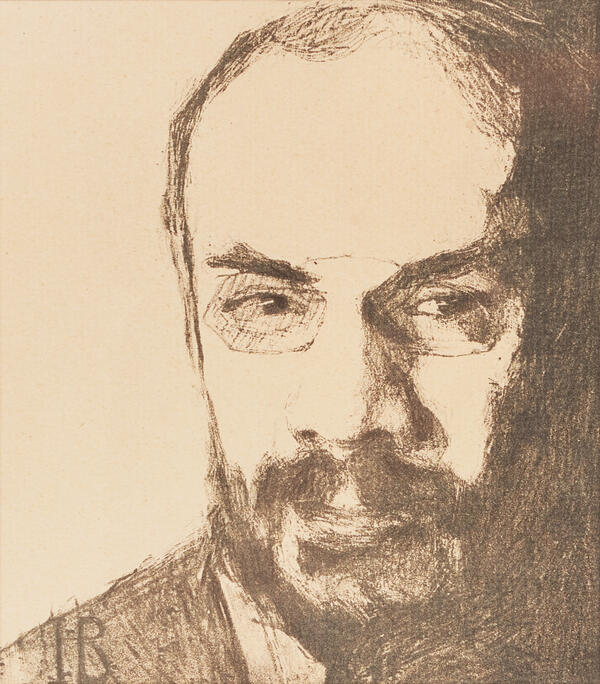In the literary milieu, Futurists found support in the face of Korney Ivanovich Chukovsky (1882–1969), who was a well-known feuilletonist and literary critic. Chukovsky was well acquainted with the Futurist poets Vladimir Vladimirovich Mayakovsky, David Davidovich Burliuk, and Vasily Vasilyevich Kamensky. He liked many aspects of Futurist poetry and was particularly interested in the neologisms of the Budetlyane (a group of Russian Futurists).
Korney Chukovsky noted,Korney Chukovsky
We have just witnessed the way Kruchyonykh expressed his thoughts: ubeshchur skum vy-sko-bu. In his turn, Kamensky was saying: tsivyi-vyint-tsiy tsvi-tsvitsyat. Elena Guro went on: Hey-tara ters-dere-dere… Hole-kule-nee. They called this language zaum. They used this language all the time, writing whole poems in it and provoking the readers’ outrage. And the readers were, indeed, angry about it; but as for me, I praised it.
The famous critic thought that getting angry was, in fact, pointless. He wrote,
After all, the zaum language has always been around, because all poetry is (to a certain extent) transrational, just like zaum; because every poet throughout the times has reveled in transrational sounds, regardless of their semantic meaning; because the word itself is what those poets have always worshiped. The Futurists have only slightly expanded the meaning of this word and given it more freedom; if they learn how to use it, how to turn it into art, I will be the first in line to salute them.
As soon as Russian Futurism was shaped, Korney Chukovsky was one of the first critics to write reviews and give lectures about it. In 1933, the poet and researcher of Futurism Benedikt Livshits recalled,
October and November of 1913 in the Bydetlyane calendar were marked by a series of speeches on Futurism, and some of the best of them were delivered by Korney Chukovsky in Saint Petersburg and Moscow. It was water to our mill.
In 1909, Nadezhda Voytinskaya-Levidova made a lithographic portrait of the young Korney Chukovsky. This work, among others, was commissioned by Sergey Konstantinovich Makovsky for the “Apollo” magazine. However, the portrait was never printed.



